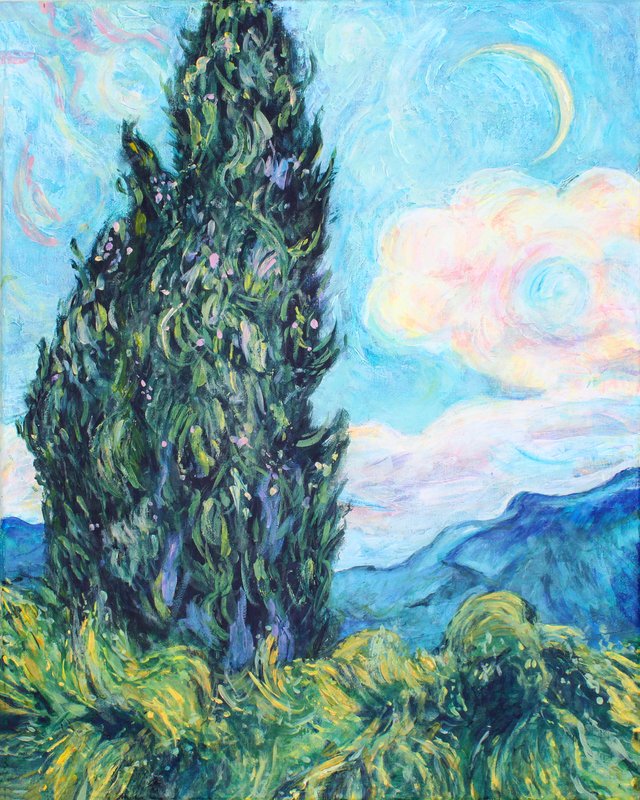 "Two Cypresses (A VanGogh Study)," 2016
"Two Cypresses (A VanGogh Study)," 2016 |
A Study in Paint: How to Introduce Yourself to a New Medium
Like the first time doing anything, it can be hard to adjust to the process of creating a new type of art with different media. So many people jump in, feeling fearless, ready to take on a new challenge; which is wonderful and bold. But for those who have a harder time adjusting, don't know where to start - or if you're just around because you would like some practice- I've created some helpful tips and an exercise for an introduction to painting. Hopefully you all find it useful.
1. Get Those Brushes Out and Make Yourself Work- Er, Play!
We've only ever stumbled and fallen before we've learned to walk- Likewise, the only way to get acquainted with any new media is to first play with it! Get out all your brushes, paints, sculpting pastes, iridescent mediums and just go wild. Try out different surfaces (canvas, paper, cardboard, masonite, wood, metal, old books etc.), different brushes and tools (flat, round, thin, wide, rollers, sponges, fingers, stamps, etc.), and different techniques (wet on wet, wet on dry, splattering, bleeding, building, smoothing, feathering, dabbing 😎, etc). Get to know your arsenal of utensils. Explore your space.
2. Create Your Own Black
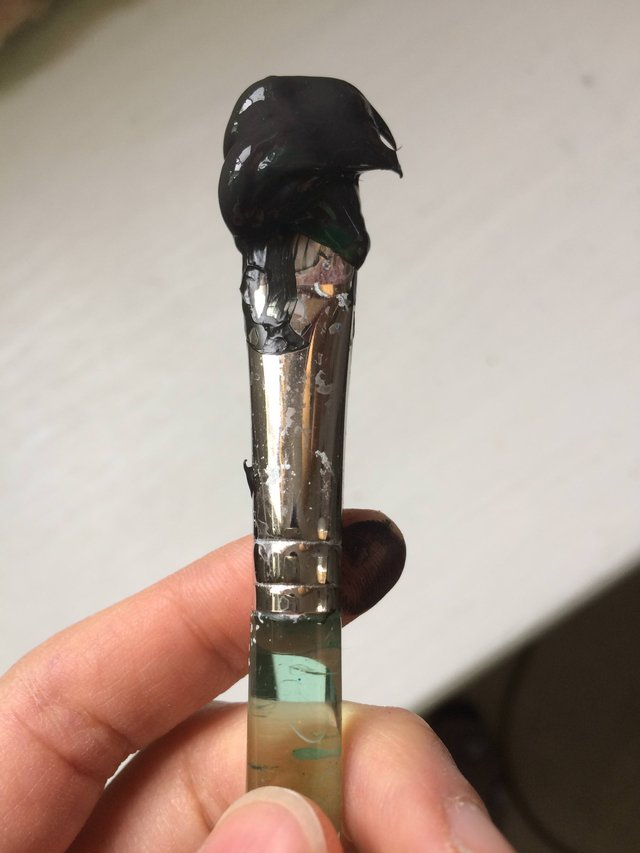 |  |
If you want your paintings to have vibrant undertones and color depth, it's a good practice and intro to color theory to mix your own colors and avoid buying a pre-made black whenever possible. Substitute mixing red, blue, yellow, white, and black for magenta, cyan (phthalo blue) , yellow, white, and brown (burnt umber). We were always told that the primary colors make up of red, blue and yellow, but really the best colors to mix for the widest color range can be taken by cue from our printers (CMYK).
Sometimes you will want the flatter colors and the pre-made black though, depending on the piece, and that's perfectly fine! But for the purpose of the exercise, this is the way to get the experience of mixing color and seeing the range of possibilities in your paint. It will give you a cleaner, more vibrant and saturated feel, and the black you make won't mute and muddy your color palette.
To create your own black, follow the guide below. This kind of black made from color is called "chromatic black." Try for yourself!
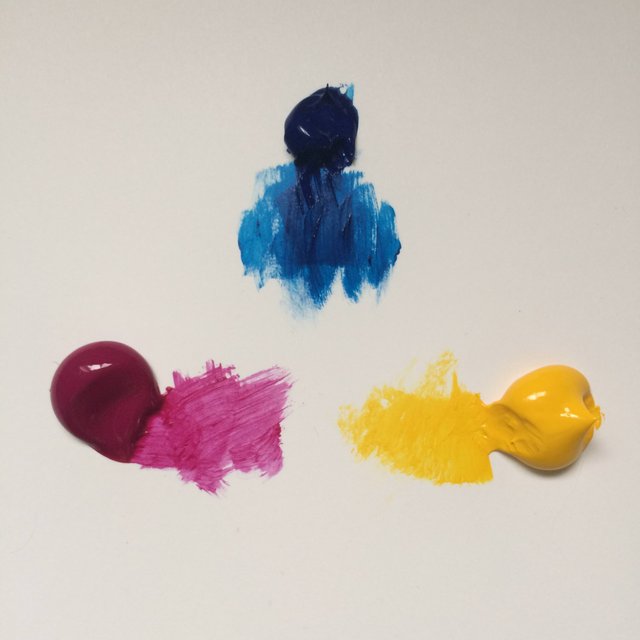 |
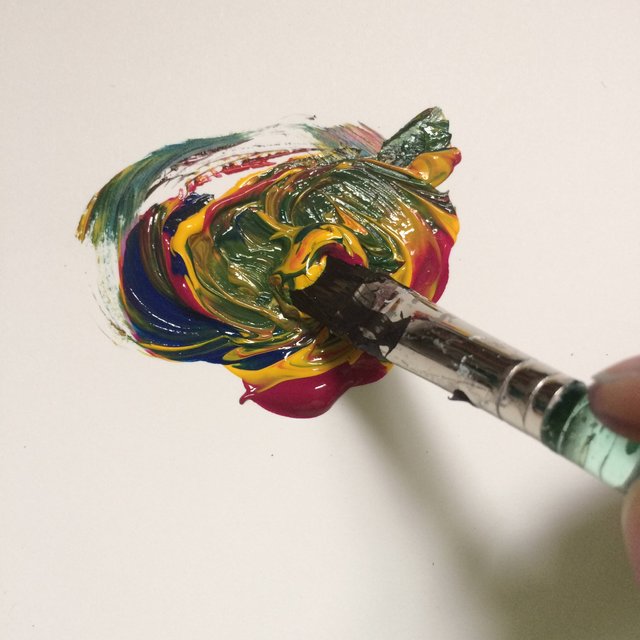 |
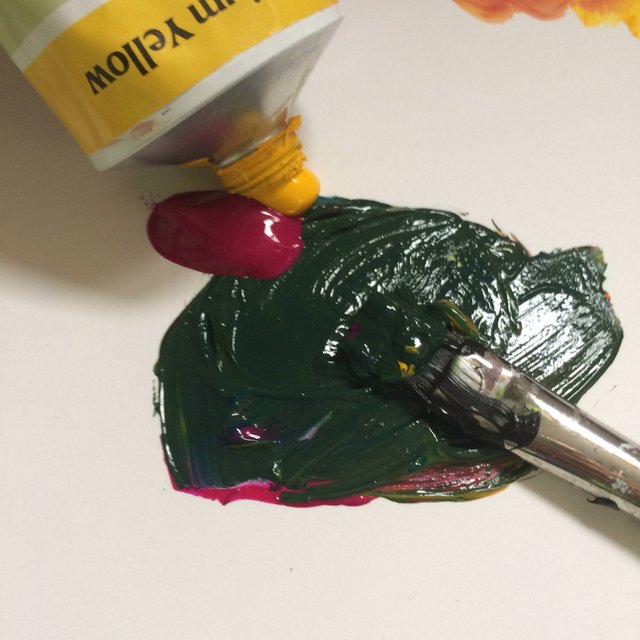 |
 |
 |
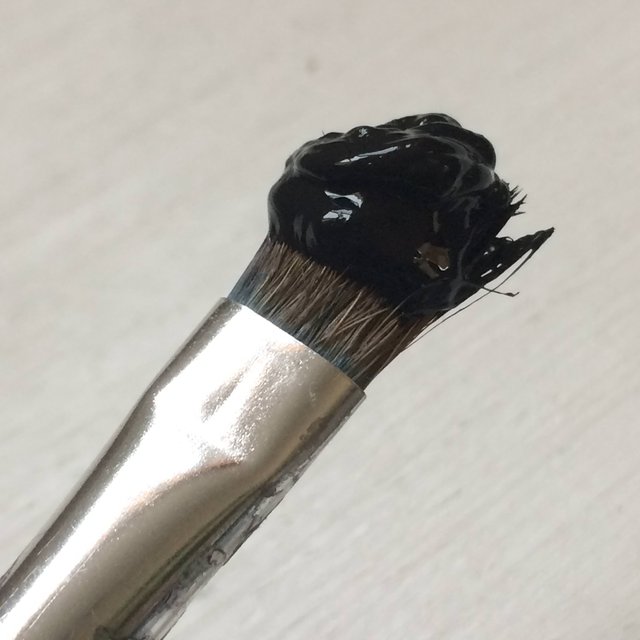 |
🎨 Artist Tips!
If you want an even deeper black, use burnt umber, magenta and phthalo blue.
3. Embrace Your Inner Impressionist
It's time to pick a piece to emulate! Impressionist pieces are a perfect low-stress starting point because they can be created with daubs of paint and do not need to be as painstakingly hand-rendered and smoothed as much as realism portraits might be, for example. Also consider staying away from full faces and figures for this exercise for now. A landscape is simply perfect.
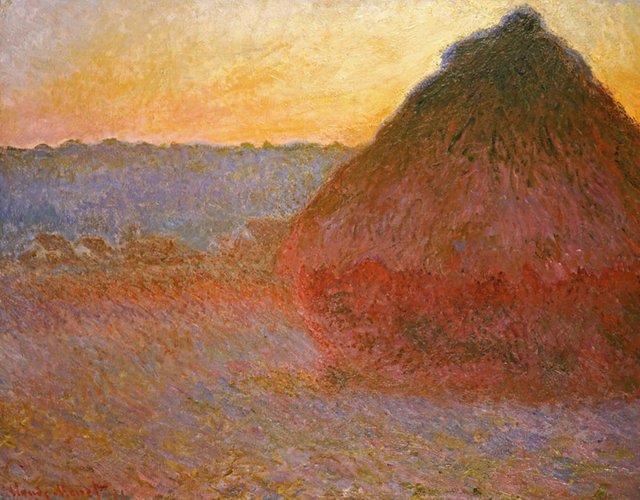 |
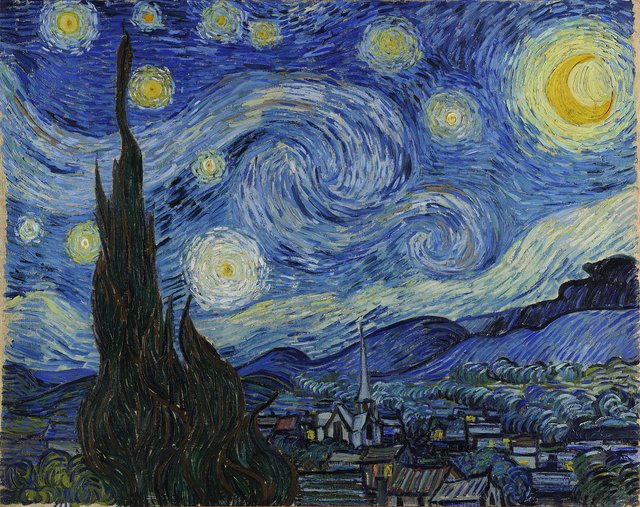 |
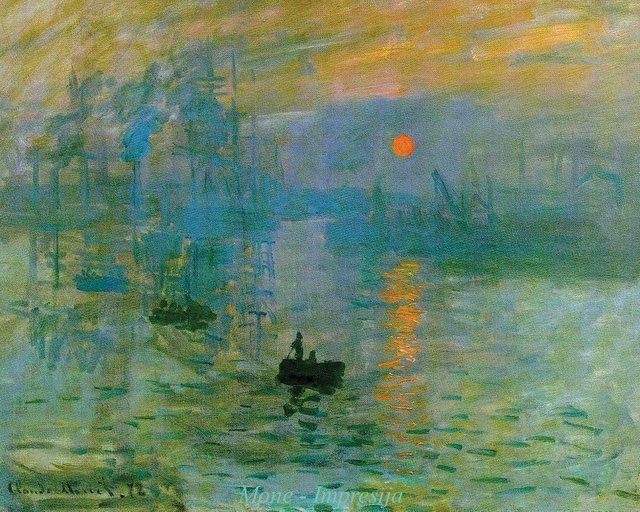 |
Once you have chosen your VanGogh, Monet, Renoir or other impressionist piece, start creating. Focus on properly blending colors, using techniques, and really study the piece alongside yours. It's perfectly alright if your piece ends up looking a bit different from the original! You are practicing, studying, making it yours, and maybe through the process, you will find you like it even more by the end. You can even switch up the overall feeling of the painting, making it darker, more atmospheric, or lightening it up and making it more colorful. As long as you are painting and learning something about the process, it is completely natural to take your own spin on the piece.
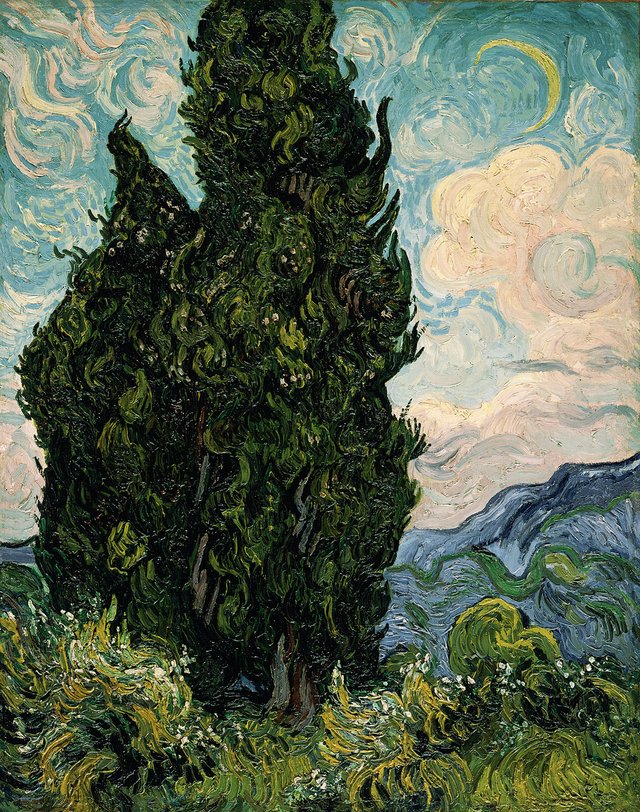 "(Two)Cypresses," Vincent VanGogh, 1889 "(Two)Cypresses," Vincent VanGogh, 1889 |  "Two Cypresses (A VanGogh Study)," Lexie Takis, 2016
"Two Cypresses (A VanGogh Study)," Lexie Takis, 2016 |
Back a few years ago when I started painting, this is the exercise that helped me most. I learned to get acquainted with my materials, learn what was at my disposal and really dig in without too much worry what the overall piece was going to look like. There was no artist's block and I just allowed myself to flow with the piece as much as possible. I focused on the colors that made me happy (pastels), and incorporated it into my piece.
There was no need to be painfully accurate, just have fun and learn!
You'll end up with a great piece to fondly look back on.

|
If you like this post and want to learn more, please give me a follow! If you would like to talk, comment or offer your input, I would love to hear it!
Feel free to take a look at my other artworks. My social media is linked below.
Best,
Lexie Takis
| Website ■ | Instagram ■ | Facebook ■ | Tumblr ■ | Patreon ■ |
LOVE this!
Downvoting a post can decrease pending rewards and make it less visible. Common reasons:
Submit